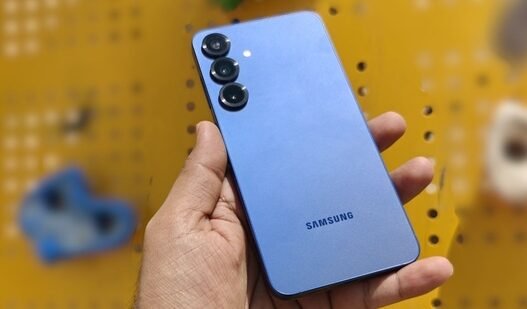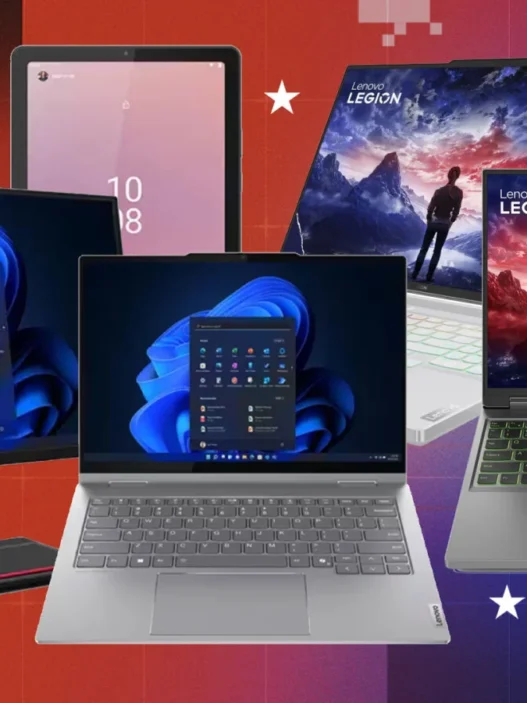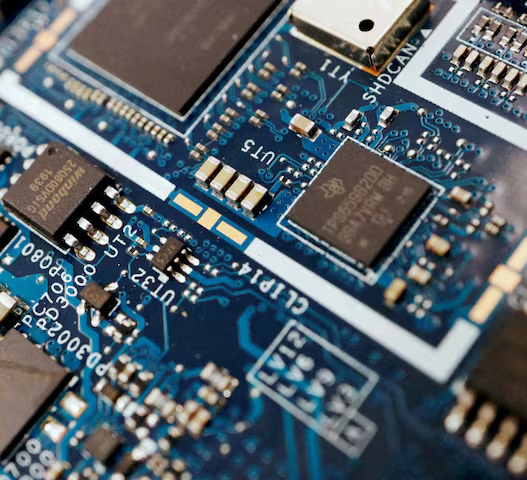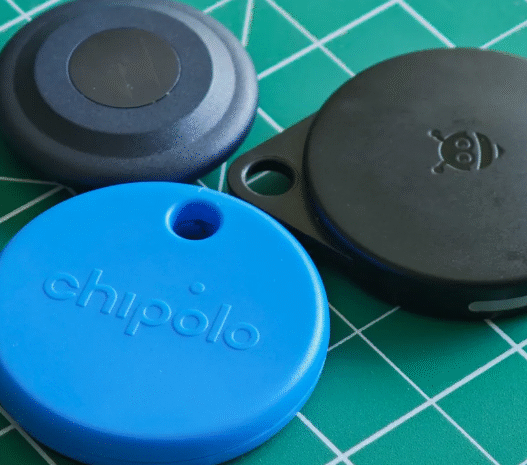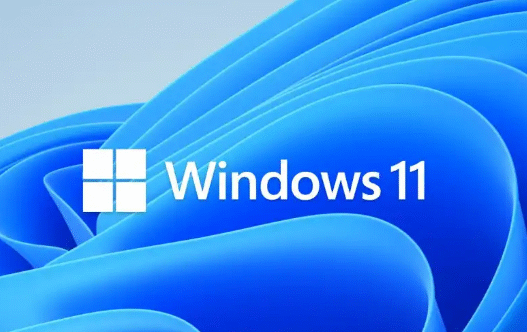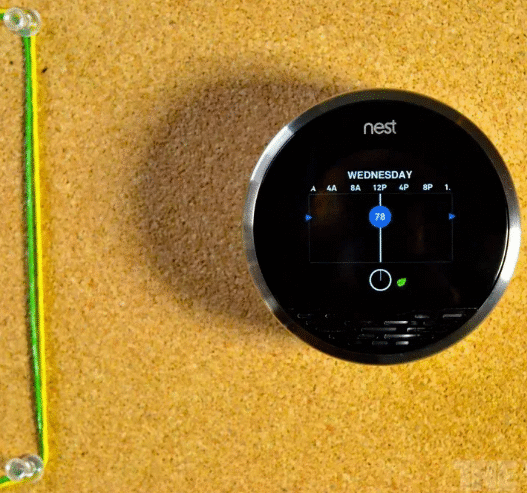The smartphone industry continues evolving at breakneck speed, with manufacturers constantly pushing boundaries to capture consumer attention. Google’s upcoming Pixel 10 represents a significant leap forward in the company’s mobile strategy, positioning itself as a formidable competitor in the increasingly crowded mid-range market.
The mid-range smartphone segment has become one of the most fiercely contested battlegrounds in recent years. Major players like Samsung with their Galaxy A series and Honor with their latest offerings are investing heavily to dominate this lucrative space. Google’s entry with the Pixel 10 promises to shake up established dynamics and introduce compelling new features that could redefine consumer expectations.
Revolutionary Camera System Changes
The most striking enhancement coming to the Pixel 10 involves its camera configuration. Unlike its predecessor, which featured a dual-lens setup, the new model will introduce a third lens for the first time in Google’s standard Pixel lineup. This telephoto addition marks a significant departure from previous generations and brings the device closer to flagship-level photography capabilities.
However, this upgrade comes with strategic trade-offs. While the Pixel 9 boasted impressive 50-megapixel wide and 48-megapixel ultrawide sensors, the Pixel 10 will utilize more modest specifications borrowed from the Pixel 9a. The new configuration features a 48-megapixel primary sensor paired with a 13-megapixel ultrawide lens.
Google’s approach reflects their confidence in computational photography prowess. The company plans to leverage advanced AI processing to compensate for any hardware limitations, potentially delivering superior results despite the numerical downgrade. This strategy aligns with Google’s historical emphasis on software optimization over raw hardware specifications.
The addition of telephoto capability addresses a common criticism of previous Pixel models. Many competitors already offer three-lens systems, and Google’s move eliminates a significant disadvantage in marketing comparisons. Consumers increasingly expect versatile camera systems, and the Pixel 10’s enhanced setup meets these evolving demands.
Tensor G5 Processor Advancement
Processing power represents another crucial battleground where the Pixel 10 aims to establish dominance. Unlike flagship devices that typically adopt the latest Qualcomm Snapdragon 8 series processors, mid-range smartphones utilize diverse chipset options. Competitors employ various solutions including Snapdragon 7 series, Samsung’s Exynos processors, and MediaTek’s Dimensity chips.
Google’s commitment to their custom Tensor architecture continues with the fifth-generation G5 processor. This chip represents the culmination of years of development focused specifically on Google’s ecosystem and AI capabilities. The entire Pixel 10 family will feature identical G5 processors, ensuring consistent performance across all models.
The Tensor G5’s most significant advantage lies in its deep integration with Google’s AI services, particularly Gemini. Unlike generic processors that handle AI tasks through software layers, Tensor includes dedicated silicon optimized for machine learning operations. This hardware-software synergy enables faster processing and access to more sophisticated AI features.
Manufacturing improvements also enhance the G5’s appeal. TSMC’s advanced 3nm N3E process delivers substantial improvements in both battery efficiency and raw performance compared to previous generations. These gains translate into longer device usage and smoother operation during demanding tasks.
Google’s processor philosophy differs from traditional performance-focused approaches. Rather than maximizing benchmark scores, Tensor emphasizes real-world usability and AI-enhanced experiences that matter to everyday users.
Software Integration and Long-term Support
The Pixel 10’s software advantages extend beyond hardware specifications. As Google’s own device, it will be among the first smartphones to ship with Android 16 pre-installed. This early access provides a competitive edge during the crucial launch period when competitors still run older Android versions.
Android 16 incorporates cutting-edge AI tools demonstrated at Google’s recent I/O developer conference. These features give Pixel 10 users exclusive access to the latest capabilities for several months before broader Android ecosystem adoption. This exclusivity period helps justify the device’s premium positioning within the mid-range segment.
Perhaps most importantly, Google commits to seven years of software support for the Pixel 10. This unprecedented longevity in the mid-range category addresses growing consumer concerns about device lifespan and environmental impact. Most competitors offer significantly shorter support windows, making Google’s commitment a major differentiator.
Extended software support transforms the total cost of ownership equation. Users can confidently use their Pixel 10 for many years without worrying about security vulnerabilities or missing new features. This longevity appeal resonates particularly strongly with environmentally conscious consumers and budget-aware buyers.
Market Impact and Strategic Positioning
While premium Pixel 10 Pro models will likely generate more media attention, the standard Pixel 10 may prove more influential in shaping market dynamics. Its combination of advanced features, competitive pricing, and Google’s ecosystem integration creates a compelling value proposition.
The device’s camera system pushes computational photography boundaries while maintaining accessible pricing. This approach could pressure competitors to enhance their own AI processing capabilities or risk falling behind in image quality comparisons.
Android 16’s early availability through Pixel 10 helps Google steer mobile AI conversations toward their vision. As the platform creator, Google can showcase Android’s capabilities most effectively through their own hardware, influencing industry development priorities.
The seven-year support commitment may force competitors to reconsider their own update policies. Consumers increasingly value long-term software support, and Google’s leadership in this area could become a significant competitive advantage across all price segments.
Industry Implications and Future Outlook
The Pixel 10’s launch represents more than just another smartphone release. It demonstrates Google’s serious commitment to competing across all market segments, not just the premium flagship category. This broader strategy could reshape competitive dynamics throughout the industry.
For consumers, the Pixel 10 offers an attractive combination of cutting-edge AI features, solid camera performance, and exceptional longevity at a reasonable price point. These attributes address key pain points that have limited mid-range smartphone appeal compared to flagship alternatives.
Looking ahead, the Pixel 10’s success could influence Google’s future hardware strategy and encourage more aggressive competition in the mid-range segment. The smartphone market continues evolving rapidly, and Google’s latest offering appears well-positioned to capitalize on emerging trends.
For the latest updates on smartphone releases and technology news, visit 1stnews24 for comprehensive coverage of the industry’s most important developments.
The Pixel 10 stands ready to deliver on Google’s promise of bringing flagship-quality experiences to more accessible price points, potentially reshaping consumer expectations and competitive strategies across the entire smartphone landscape.














